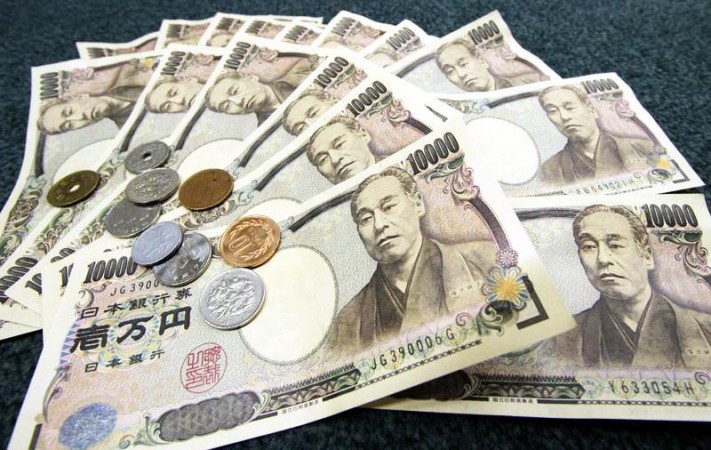
The U.S. dollar made a small gain on Friday as traders focused on U.S. jobs data for additional hints about the health of the economy after it saw its largest daily decline in more than two weeks.
The U.S. dollar index, which gauges the value of the dollar against a basket of currencies, increased 0.21 percent to 105.92 after falling by the most since July 19 by 0.68 percent on Thursday.
On Friday, it is still about 3% behind its mid-July high. Investors anticipate the important U.S. nonfarm payrolls report, which is scheduled for release at 12:30 GMT and will offer clues as to how the country's economy is doing. Following a gain of 372,000 jobs in June, economists anticipate a gain of 250,000 jobs in July.
The euro was down 0.17 percent against the Dollar to USD 1.02285, within its relatively narrow range of USD1.01-USD1.03 that it is being traded since July 19, as concerns on European energy crisis are offset by fears of a slowing U.S. economy.
A day after the Bank of England (BoE) hiked rates by the most in 27 years to combat increasing inflation, sterling was little changed at USD1.2156. However, the BoE issued a warning that a protracted recession would start in the fourth quarter of this year. At the end of the day, that's one of the more dovish 50 basis point hikes I've seen, according to DailyFX FX expert Justin McQueen.
The risk-averse Australian and New Zealand dollars were steady at USD0.69605 and USD0.6299, respectively. In terms of cryptocurrencies, bitcoin increased to USD23,272.80, up 2.9 percent.
Italy raises 17-bln-euro aid package to combat inflation, drought
Sterling climb ahead of Thursday's BoE decision
Inflation in South Korea goes up nearly 24-year high